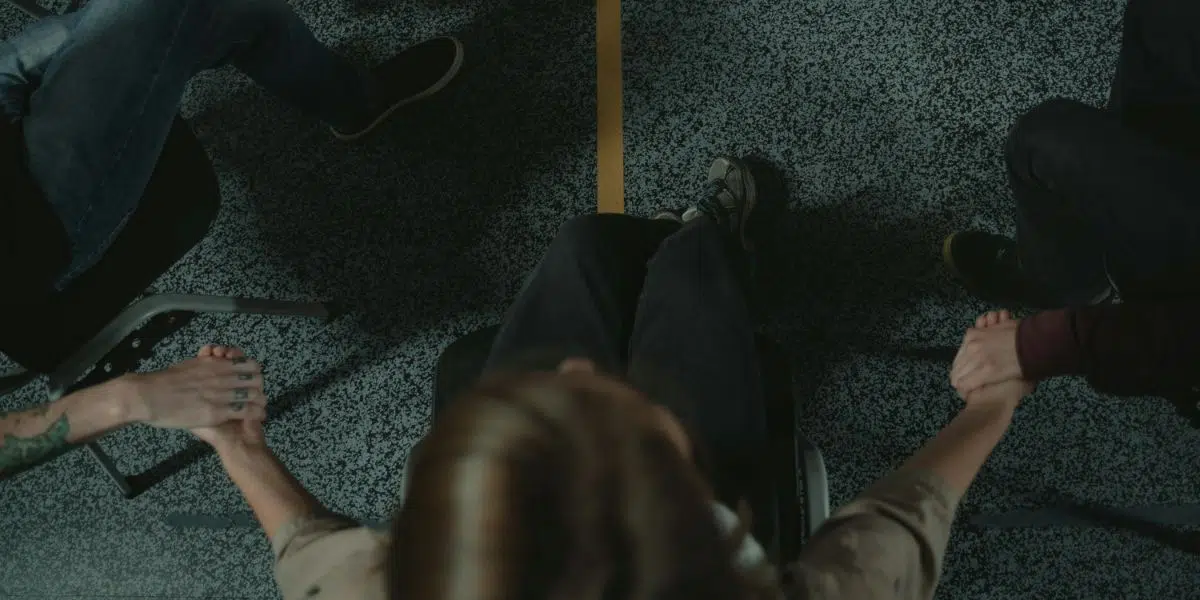The Stages of Change (also called The Transtheoretical model) was developed by James Prochaska and Carlo DiClemente in the late 1970s, describes the five changes an individual will go through when changing a behavior. The Stages of Change offers a framework for understanding the process of change and can help clients see what change may look like for them. Within this framework, clinicians can assess client’s motivation for change and utilize intervention strategies to move them to the next stage of change.
What are the stages?
Precontemplation
Precontemplation is like denial, as many clients do not believe they have a problem at this stage. An individual in this stage has not given much thought or consideration for change. simply does not want to. This can be the longest stage until the individual’s insight into the problem shifts. Clinicians can use intervention strategies to increase motivation and a desire to change. During this stage, an individual may rationalize and justify factors relating to their addiction and minimize negative consequences.
Contemplation
The Contemplation Stage refers to the individual weighing pros and cons of use and contemplating change. This stage is often associated with ambivalence and a hesitation to change, yet more open to discussing the consequences of substance abuse. During this stage, clinicians can collaborate with clients to identify barriers to change as a strategy to decrease obstacles and improve insight.
Preparation
In the Preparation Stage, an individual is preparing for change and begins setting goals to change behaviors and patterns related to use. During this stage, clients are often more open to discussing the consequences of use and pros/cons of addiction. According to Boston University, “In this stage, people are ready to act within the next 30 days. People start to take small steps toward the behavior change, and they believe changing their behavior can lead to a healthier life.” This stage involves the patient gathering information about what they will need to do to change their behaviors.
Action
In the action stage, change occurs and confidence in their ability to change increases. During this stage, clients will have clear plans of action and a deeper understanding of their recovery goals. Abstinence of adverse behavior is the expectation during this stage for a period less than six months. Achieving success during this stage is essential and making necessary changes in the treatment plan to ensure the patient continues to progress.
Maintenance
Within the maintenance stage, an individual identifies and implements strategies to maintain progress, and to reduce the risk of relapse into past behaviors. During this stage, patients often make progress towards long-term goals and shift their focus to maintaining new behaviors. According to Kagen S. Silver & Amber K. Worthington, in this stage, “individuals can remind themselves of the progress they have made, which helps reinforce the changes in behavior. Thoughts of returning to the previous behavior may arise, but the individual is able to resist temptations to do so due to proper planning and positive changes.”
Conclusion
At Carrara Treatment Wellness & Spa, The Stages of Change are incorporated into group and individual sessions to foster growth and increase commitments to change. Clients work closely with their treatment teams to learn about the stages of change and understand what steps one can take to progress to the next stage of change. All clients receive comprehensive treatment plans with action steps to continue progressing within this framework. With the tranquil environment, clinical excellence, and top-notch programming, patients continue to move through the stages and leave with a newfound confidence in their ability to change.
References:
Center for Substance Abuse Treatment. Brief Interventions and Brief Therapies for Substance Abuse. Rockville (MD): Substance Abuse and Mental Health Services Administration (US); 1999. (Treatment Improvement Protocol (TIP) Series, No. 34.) [Table], Figure 2-1: The Stages of Change. Available from: https://www.ncbi.nlm.nih.gov/books/NBK64942/table/A61041/
Raihan N, Cogburn M. Stages of Change Theory. [Updated 2023 Mar 6]. In: StatPearls [Internet]. Treasure Island (FL): StatPearls Publishing; 2024 Jan-. Available from: https://www.ncbi.nlm.nih.gov/books/NBK556005/
https://tnchildren.org/wp-content/uploads/2014/11/Stages-of-Change.pdf
Take the first step with Carrara Treatment
Britney Elyse has over 15 years experience in mental health and addiction treatment. Britney completed her undergraduate work at San Francisco State University and her M.A. in Clinical Psychology at Antioch University. Britney worked in the music industry for several years prior to discovering her calling as a therapist. Britney’s background in music management, gave her first hand experience working with musicians impacted by addiction. Britney specializes in treating trauma using Somatic Experiencing and evidence based practices. Britney’s work begins with forming a strong therapeutic alliance to gain trust and promote change. Britney has given many presentations on somatic therapy in the treatment setting to increase awareness and decrease the stigma of mental health issues. A few years ago, Britney moved into the role of Clinical Director and found her passion in supervising the clinical team. Britney’s unique approach to client care, allows us to access and heal, our most severe cases with compassion and love. Prior to join the Carrara team, Britney was the Clinical Director of a premier luxury treatment facility with 6 residential houses and an outpatient program



